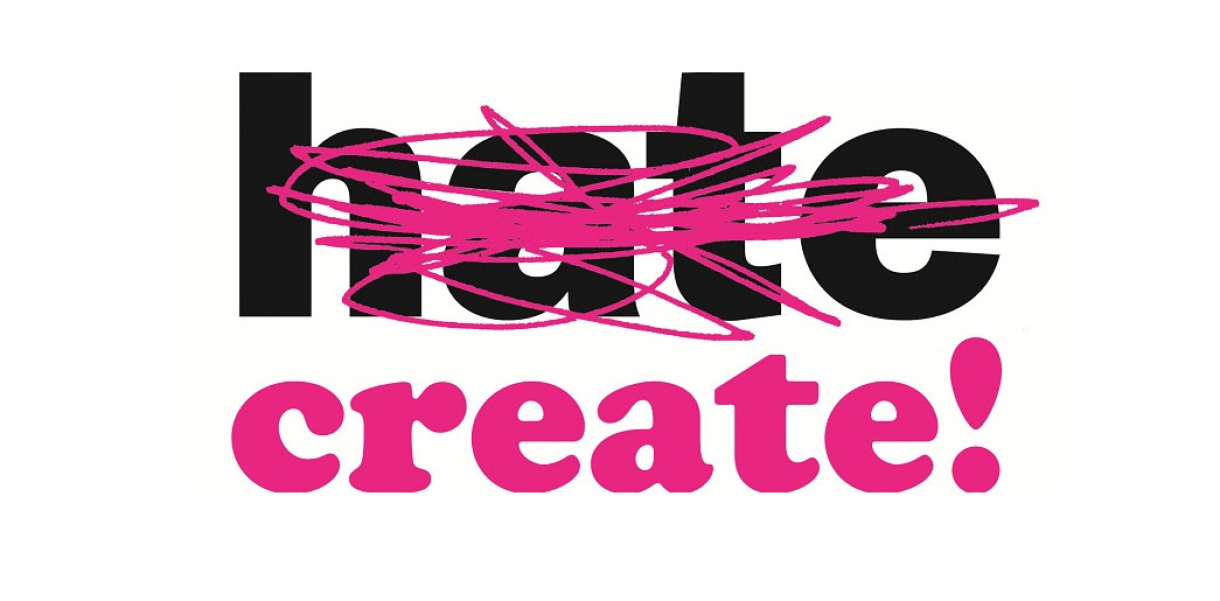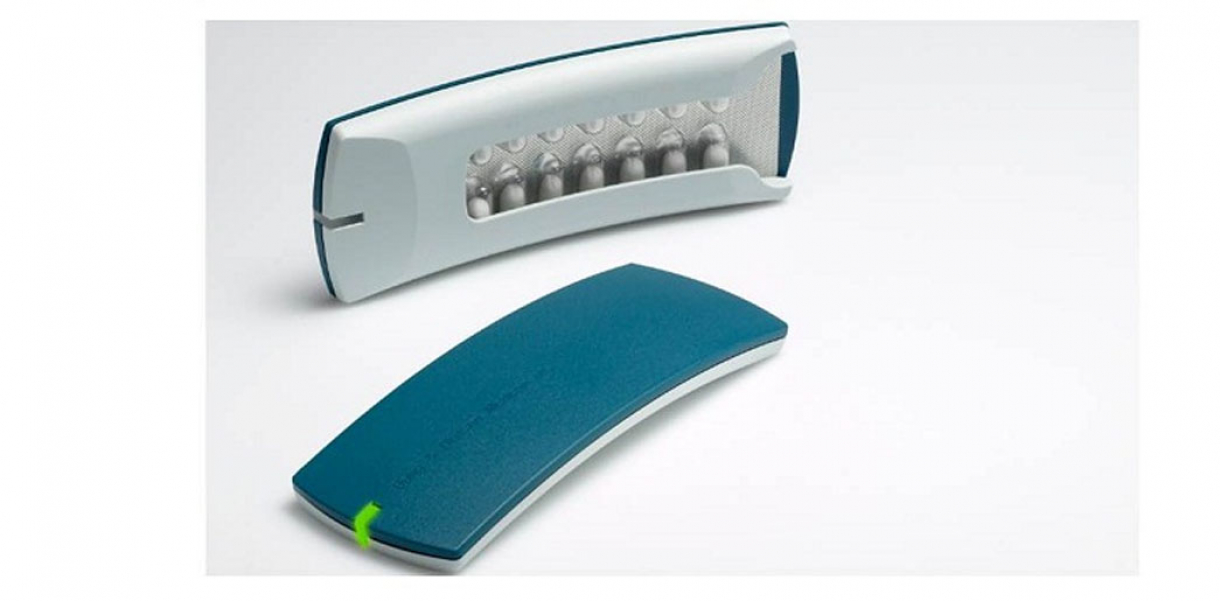Campaign for Tolerance" is a nationwide, ongoing project that engages the creative community in becoming pro-active for social change. Design projects (whether posters, billboards or newspapers) provide a vehicle in which designers can voice their social concerns, engage younger people in social dialogue, and create messages that positively impact their communities.
Functionality and use of design
The designs all work because they are provocative and thought-provoking. Some have even caused considerable controversy. In this way, we know the messages are being noticed and having an impact, positively affecting the community dialogue that is so important with regard to all social change
How did this design improve life?
Gun violence, homophobia, racial discrimination and intolerance of many kinds - all of these are unfortunately as much a part of the fabric of American society as our beloved democracy. In addition, a fundamentalist, conservative strain of government has over the past decade threatened to make these problems worse through regressive legislation and pro-gun advocacy, among other things.
Like other average United States citizens, many in the design community have grown increasingly frightened of these negative changes, and frustrated at their lack of ability to articulate a unified front. Since 1995, Worldstudio Foundation has provided a centre for action within the creative community, offering mentoring initiatives, scholarships and public works projects that give designers the tools and opportunities for affecting social change.
The "Create! Don't Hate. Campaign for Tolerance" was initiated in 2000 and continues to the present. A variety of media - from billboards to newspapers, from bus advertisements to magazines - are created by designers across the country, all toward the point of raising awareness of issues of intolerance, and hopefully offering some solutions. Because literally scores of designers have participated since its inception, working alongside additional scores of young students as mentors; and because literally hundreds of thousands of citizens have seen this variety of media and been impacted by it, we believe that the project continues to resonate and improve the life of the American people.
Drawbacks of life improvement
We were concerned that in some instances our impassioned communications were perhaps not weighted evenly enough and were slanted too far in the opposite direction, and were thereby "preaching to the converted". In these cases, we found that we alienated some people, whereas with a somewhat more balanced message we could have perhaps made a strong point even to those whom we would hope to win over.
Research and need
Each project required different research. For the newspaper on homophobia, we conducted extensive interviews at the Hetrick Martin Institute and Shades of Lavender - two organizations that work with Gay teenagers - to find out the best ways to conduct such a sensitive project with young people, and the best tools required for achieving our aims. For the several projects on gun violence, we conducted research with the Southern Law Poverty Center, which has comprehensive statistics on gun violence and its relation to poverty and urban youth. In many cases, workshops were sponsored at the research institutions, giving both designer and student associate a chance to converse freely and openly about the social issue at hand, and to learn more about the subject in order to more effectively shape their message.
Designed by
Ed de la Torre, Karin Fong, Janeil Engelstad, Tucker Viemeister, Mach Arom, Michael Bierut, Rhonda Rubinstein, Bill Grant, Robert de Michiell, Kelly Campbell, Chip Wass, Brett Wickens, Mark Randall & David Sterling - USA






